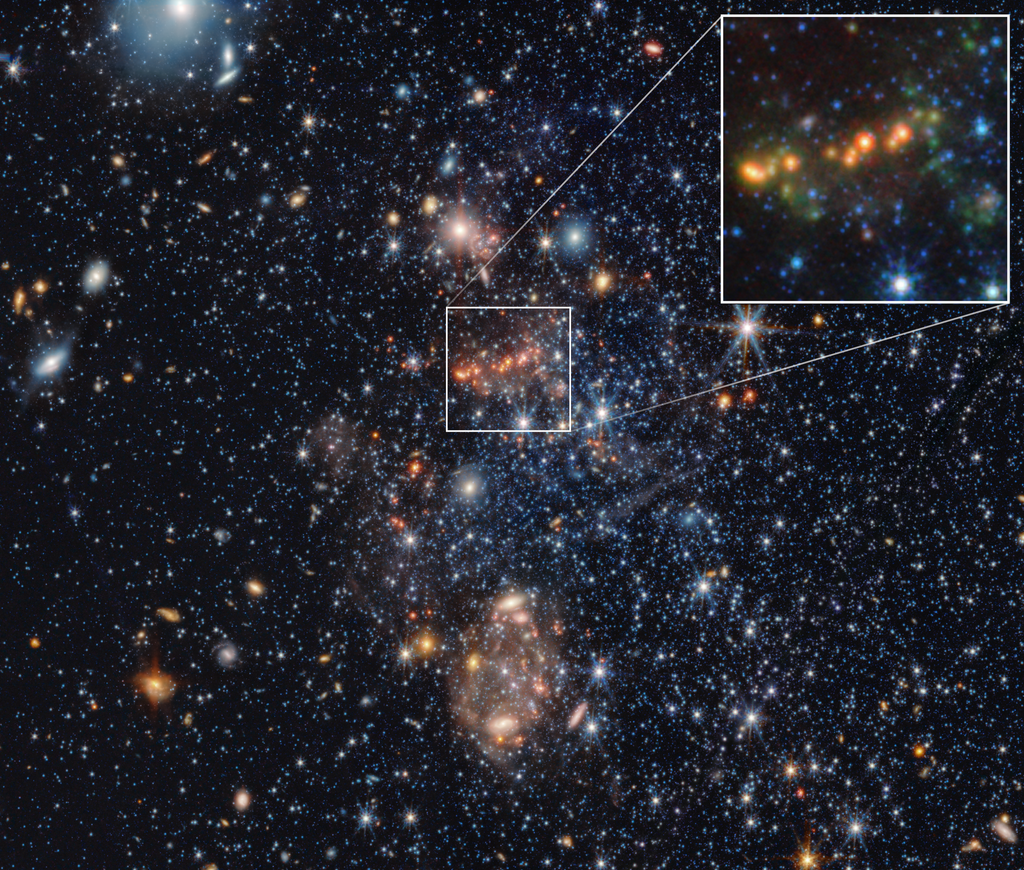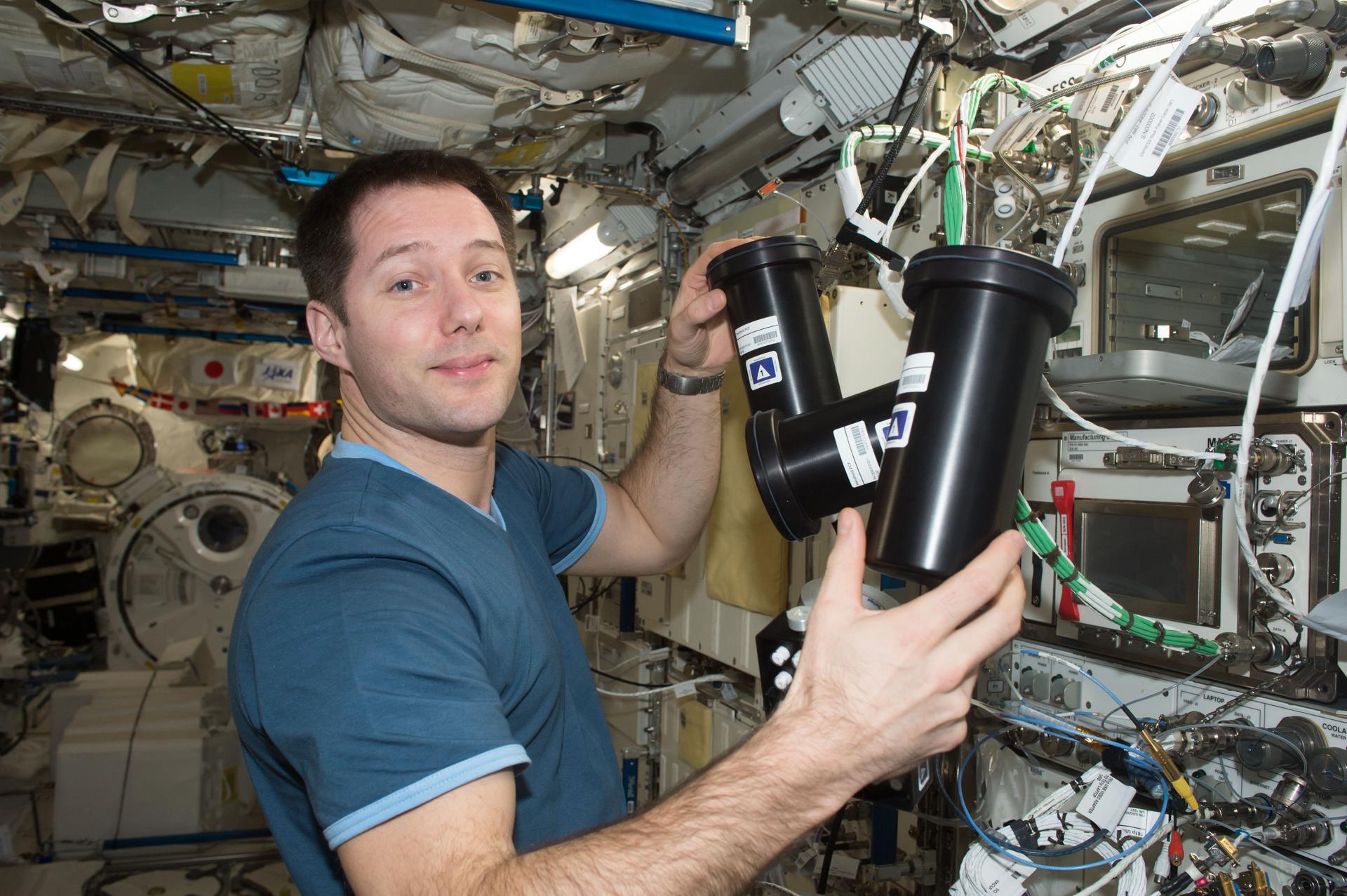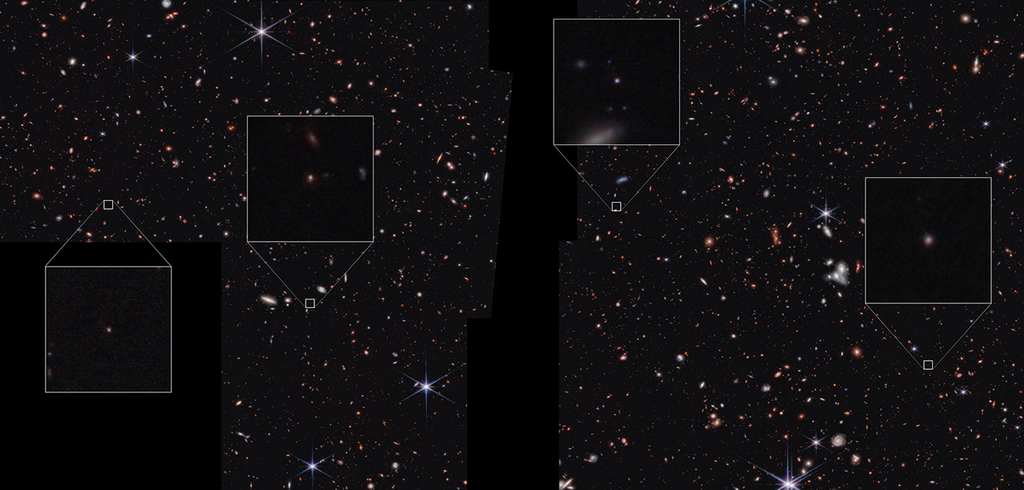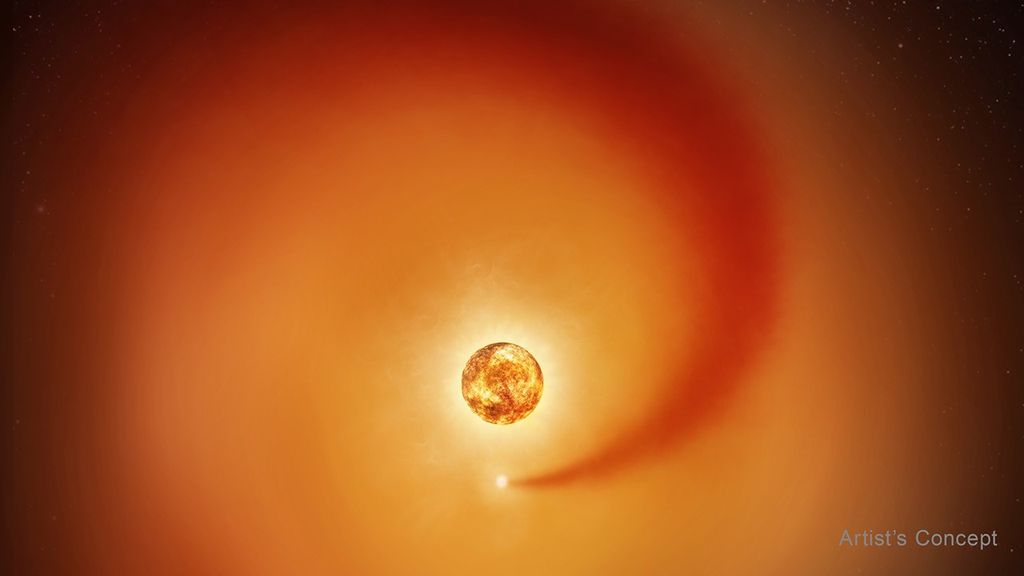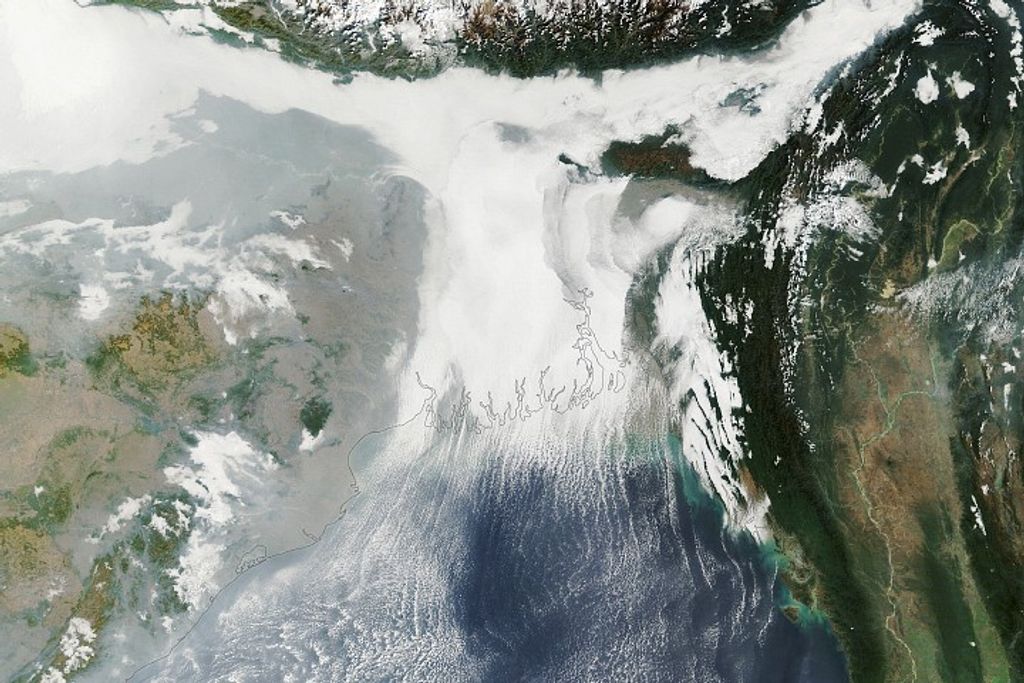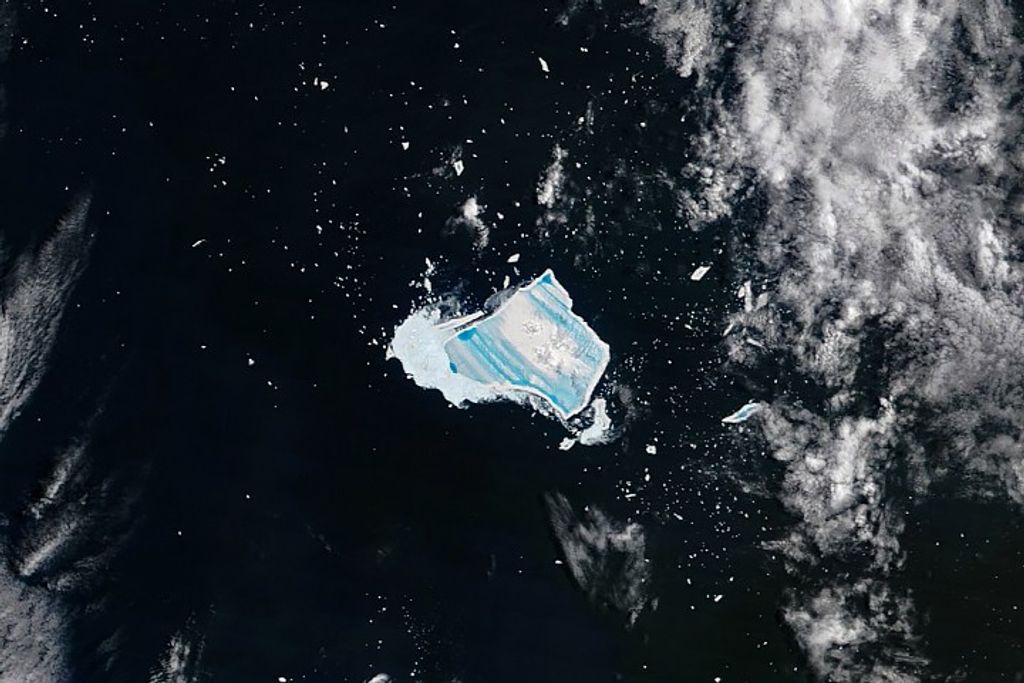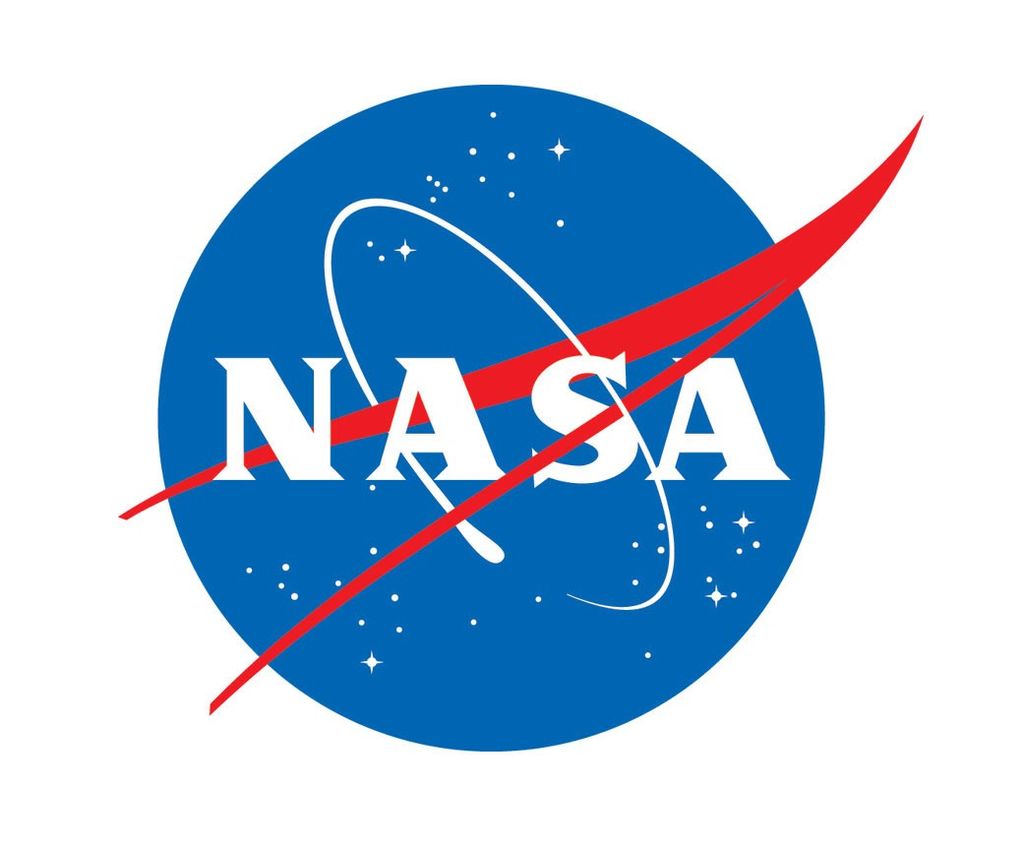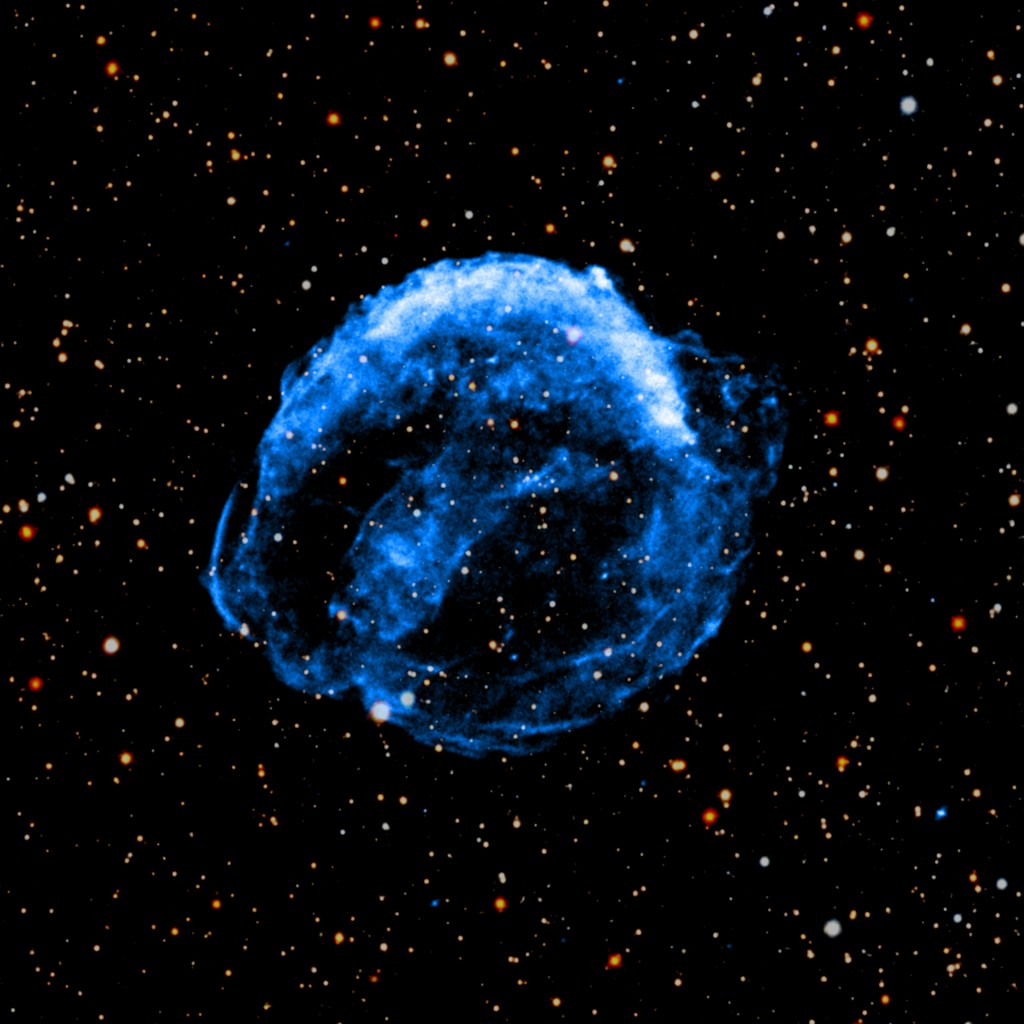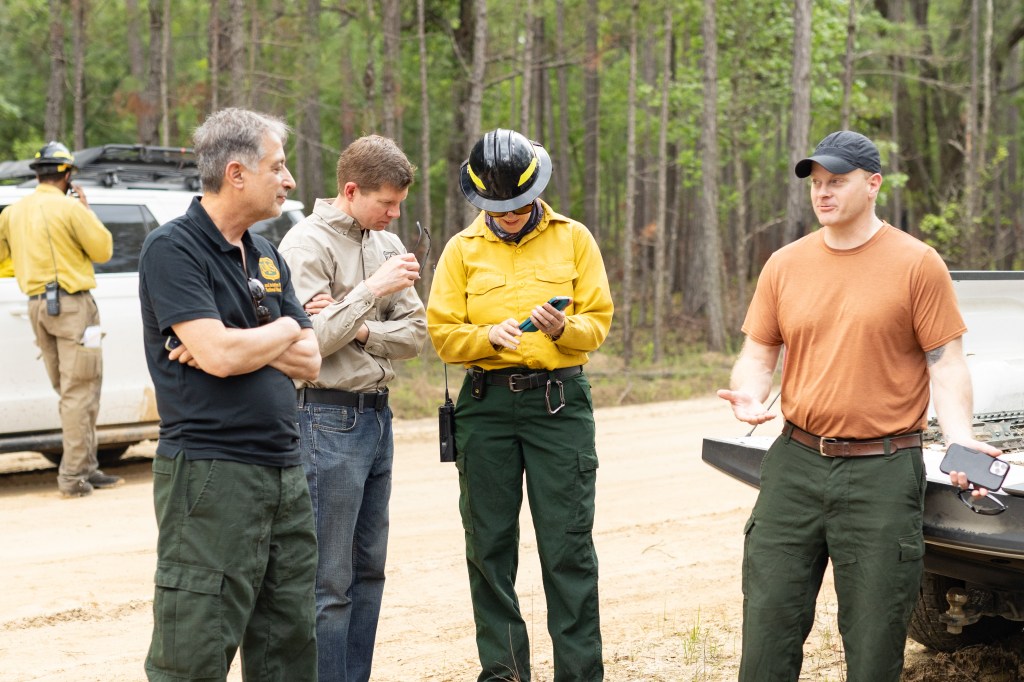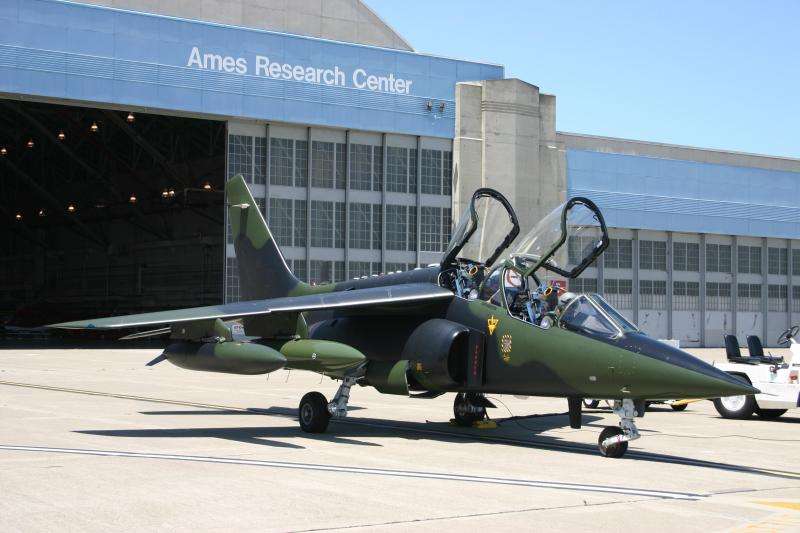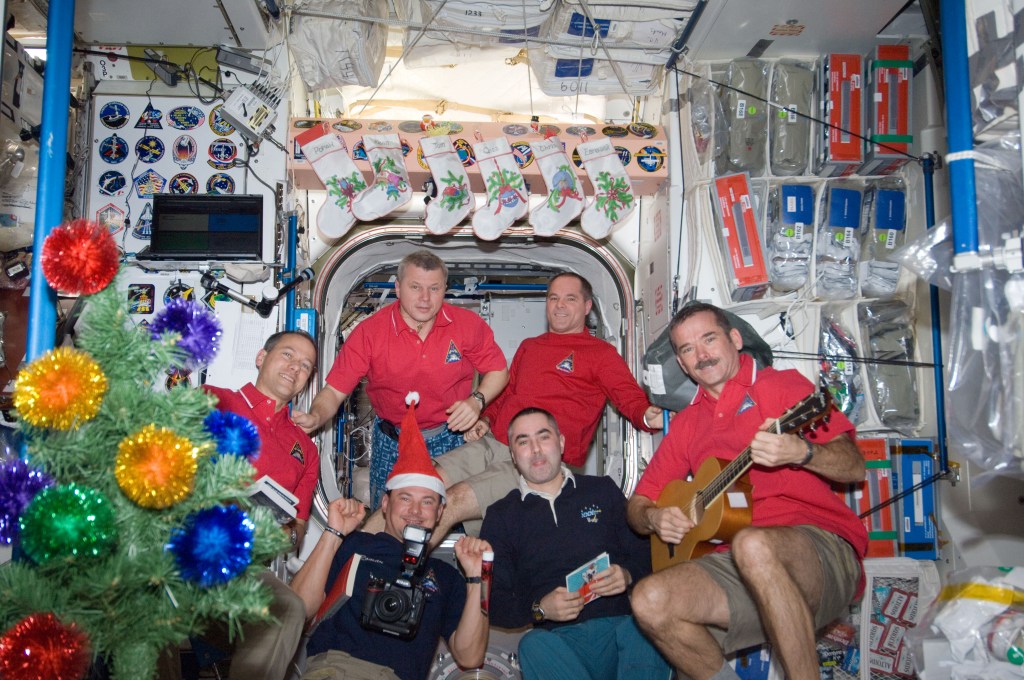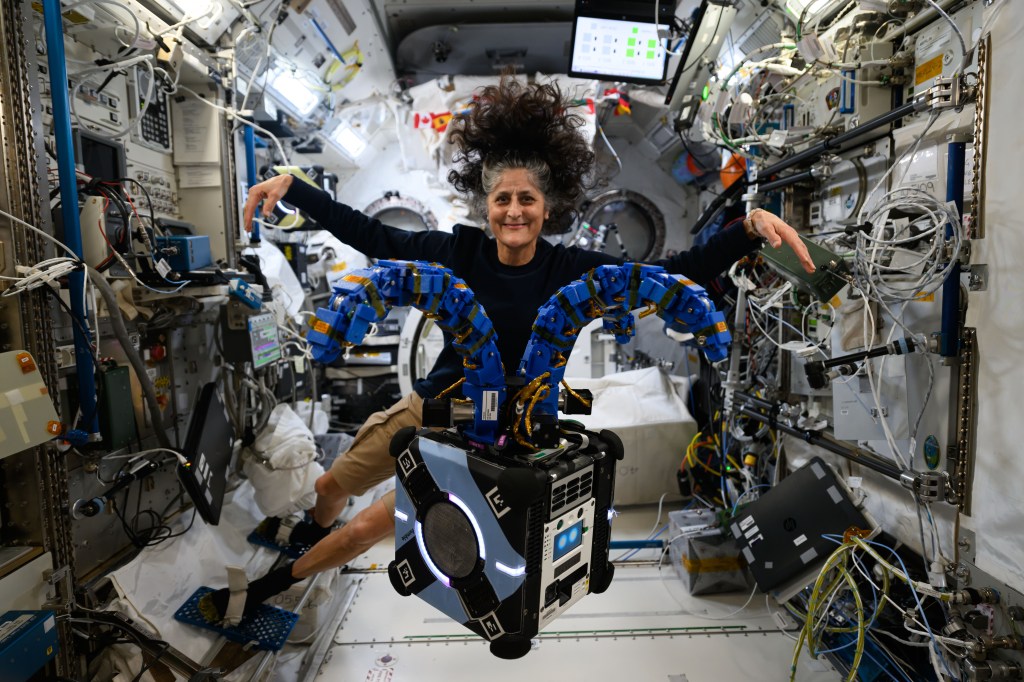ISS Daily Summary Report – 3/19/2024
Payloads:
Boeing Environment Responding Antimicrobial Coatings (AC-2): The crew performed the routine periodic touching of two experiment placards deployed in various locations throughout the ISS. They also took photos of the placards. AC-2 tests an antimicrobial coating on several different materials that represent high-touch surfaces. Some microbes change characteristics in microgravity, which could create new risks to crew health and spacecraft systems as well as creating the possibility of contaminating other planetary bodies. The samples remain in space approximately six months before returning to Earth for analysis.
Actiwatch-Plus: Actiwatch Plus units were connected to Human Research Facility 1 (HRF-1) for charging and data downlink. The Actiwatch-Plus is a waterproof, non-intrusive, sleep-wake activity monitor worn on the wrist of a crewmember and contains a miniature uniaxial accelerometer that produces a signal as the subject moves. The data is stored in non-volatile memory within the Actiwatch until it is downloaded for analysis.
Cerebral Autoregulation: Cables were disconnected from the Cerebral Autoregulation, and a consolidation and audit was performed for future Cerebral Autoregulation operations. As the body’s most important organ, the brain needs a strong and reliable blood supply. The brain is capable of self-regulating blood flow even when the heart and blood vessels cannot maintain an ideal blood pressure. The Cerebral Autoregulation investigation tests whether this self-regulation improves in the microgravity environment of space. Non-invasive tests measure blood flow in the brain before, during, and after a long-duration spaceflight, and provide new insights into how the brain safeguards its blood supply in a challenging environment.
Complement of Integrated Protocols for Human Exploration Research on Varying Mission Durations (CIPHER): Isometric Thigh Pull (IMTP) and Cognition tests were completed for the CIPHER study. The CIPHER investigation aims to improve our understanding of physiological and psychological changes in humans on missions that range from weeks to one year in duration. Conducting the same research over missions of different durations allows scientists to extrapolate the data to multi-year missions, such as a potential three-year round-trip to Mars. This data could provide deeper knowledge about the changes that may occur on such missions and support the development of countermeasures to promote astronaut health and well-being.
European Drawer Rack-2 (EDR-2): Panel outlets were checked out, and the connection between the Laptop and the EDR-2 was troubleshooted. The EDR-2, which is installed in Columbus, is an enhancement of the EDR and has a simplified architecture, allowing it to accommodate many types of payloads (Experiment Inserts) with different dimensions and masses.
Electromagnetic Levitator (EML): The Helium and Argon valves were opened to allow the ground to verify the correct routing of gas hoses. The EML is a facility composed of four inserts installed into the EDR for the electromagnetic levitation of samples. The experiment samples are installed in a dedicated sample chamber that is attached to EML and can be replaced by new sample chambers for new experiment batches.
Robotic Arm Repair Satellite (RSat): The RSat hardware was setup in the Microgravity Science Glovebox (MSG). The RSat demonstrates how a small satellite platform could survey and repair larger conventional spacecrafts on-orbit. The CubeSat has robotic arms fitted with claws and cameras to obtain diagnostic information and is intended to operate while in constant contact with a host spacecraft. The results gathered from this payload could advance the use of robotic assistance on future space missions.
Space Automated Bioproduct Laboratory (SABL): The SABL-4 unit was powered up and checked out. The SABL unit supports a wide variety of investigations in the life, physical, and material sciences with a focus on supporting the research of biological systems and processes. It has over 23 liters of temperature-controlled volume with LED lighting for scientific hardware and investigations. It can be fitted to provide 5% CO2 (or any required concentration of CO2) for cell cultures or other types of investigations and has two USB 2.0 ports and Ethernet LAN connections. The SABL unit also has switchable 28V DC and 5V DC power supplies for investigation use.
Sleep in Orbit: Sleep in Orbit data recording was activated, and crewmembers inserted earpieces prior to their sleep period. The Long-term Sleep Monitoring Before, During and After Extended Spaceflight (Sleep In Orbit) investigation studies the physiological differences between sleep on Earth and in space using ear-eletroencephalogram (EEG) based sleep monitoring.
Space Tissue Equivalent Dosimeter (SpaceTED): The Secure Digital (SD) card was removed from the SpaceTED hardware and was setup for data downlink. Exposure to space radiation can introduce hazards to crewmember health and the function of equipment in space. Building on a previous ISS study, SpaceTED aims to develop a device to collect data on crew radiation exposure and characterize the space radiation environment. This low-cost, portable device may be able to better assess radiation risks and help protect crewmembers and systems on long-term missions.
Systems:
Robotics Operations: On March 18th, the Control Moment Gyro (CMG) Flight Releasable Attachment Mechanism (FRAM) was unstowed from External Stowage Platform 3 (ESP3) and then temporarily stowed on the Special Purpose Dexterous Manipulator (SPDM) Enhanced On-Orbit Replaceable Unit (ORU) Temporary Platform (EOTP) by the Space Station Remote Manipulator System (SSRMS). The CMG demate provided clearance to ESP3, site 3, for today’s Linear Drive Unit (LDU) transfer from site 3 to the EXPRESS Logistics Carrier 2 (ELC2), site 1. To make room for the LDU at ELC2, site 1, the Main Bus Switching Unit (MBSU) Flight Support Equipment (FSE) will be demated from ELC2, site 1, and eventually moved to ELC2, site 4. All of these robotic operations are in preparation for the arrival of a spare Pump Module (PM) that will be launched on SpX-30 and stowed on ESP3, site 3.
SpX-30 Dragon Vehicle Operations Computer Based Training (CBT): To prepare for SpX-30’s arrival, the crew reviewed an overview of the vehicle, mission profile and docked phase. This CBT described the Cargo Dragon interior crew interfaces and outlined SpX-30’s cargo capability and configuration. SpX-30 is planned to launch from the Space Launch Complex-40 (SLC-40) in Cape Canaveral, FL on March 21st, with docking planned for March 23rd.
Russian Urine EDV Inspection: Today, the crew performed a visual inspection of a Russian EDV to determine if its contents can be processed through the Urine Processing Assembly (UPA). Imagery of the Russian EDV was downlinked for ground teams to analyze.
Kazbek Fit Check: In preparation for the return of 70S, a crewmember conducted a Kazbek fit check to ensure their flight seat is in its proper working order. A Kazbek is a custom-fitted seat installed in the Soyuz vehicle specialized to each crewmember to cushion their landing after reentry. 70S is planned to undock the ISS to return NASA astronaut Loral O’Hara, Roscosmos cosmonaut Oleg Novitskiy, and spaceflight participant Marina Vasilevskaya back to Earth on April 2nd. Roscosmos cosmonaut Oleg Novitskiy and spaceflight participant Marina Vasilevskaya will arrive at the ISS, aboard 71S, on March 21st.
Look Ahead Plan
Wednesday, March 20 (GMT 080)
Payloads:
- AC-2 Touch
- ARED-K Pre-Session-2
- CIR Door Latch Reconfiguration
- Immunity Assay Collections
- ISS HAM Pass
- SAMS ES18 Sensor moved to MSRR-1
- Sleep in Orbit Post-Sleep and Pre-Sleep Ops
- Standard Measures Post-Sleep
- Zero-Robotics Tech Demo
Systems:
- IFM Starboard CQ Cleaning
- Photo/TV D5 Camera to Z9 Camera Transition
- EHS PWD Sample Collect
- EHS TOCA PWD Sample Analysis
- Regenerative ECLSS Recycle Tank Drain & Fill

